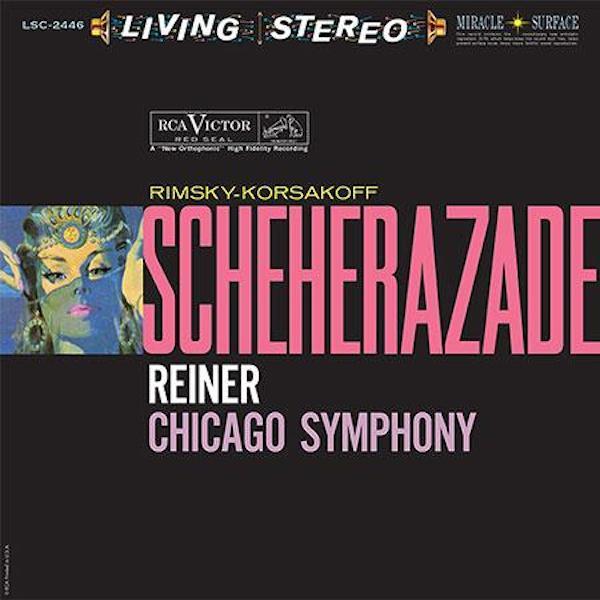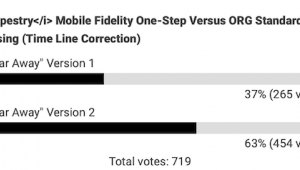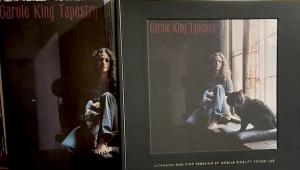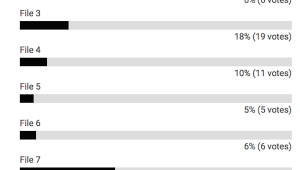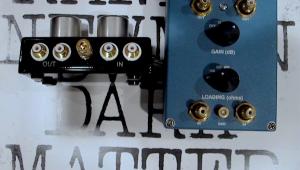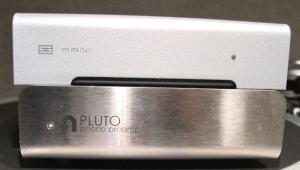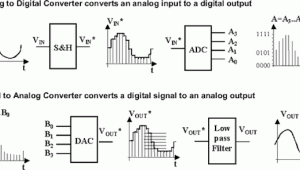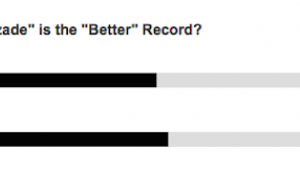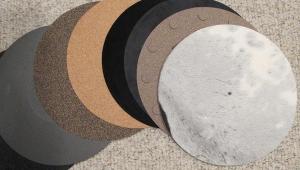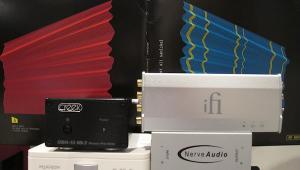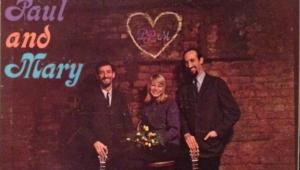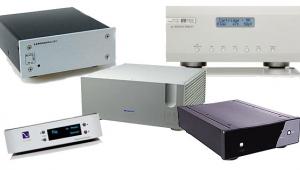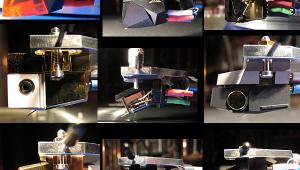...I really tried to find something in File #1 I liked better than File #2, but I can't. With File #2, I feel like I'm hearing what the composer intended me to hear. Individual instruments are clearly presented, but blend together well as whole. The soundstage is wonderful. The background noise in File #1 is distracting and intense passages blur a bit, as if this were a record that was played often.
In the end, it's all pretty subjective. The better record is the one that sounds better to you and that you reach for when you want to hear a particular piece of music. That said, it will be interesting to see what the consensus is.
Thanks, Michael, for a very entertaining post. These are great fun!
Now, any chance of comparing a great UK Beatles Mono pressing with the recently released reissue box?
